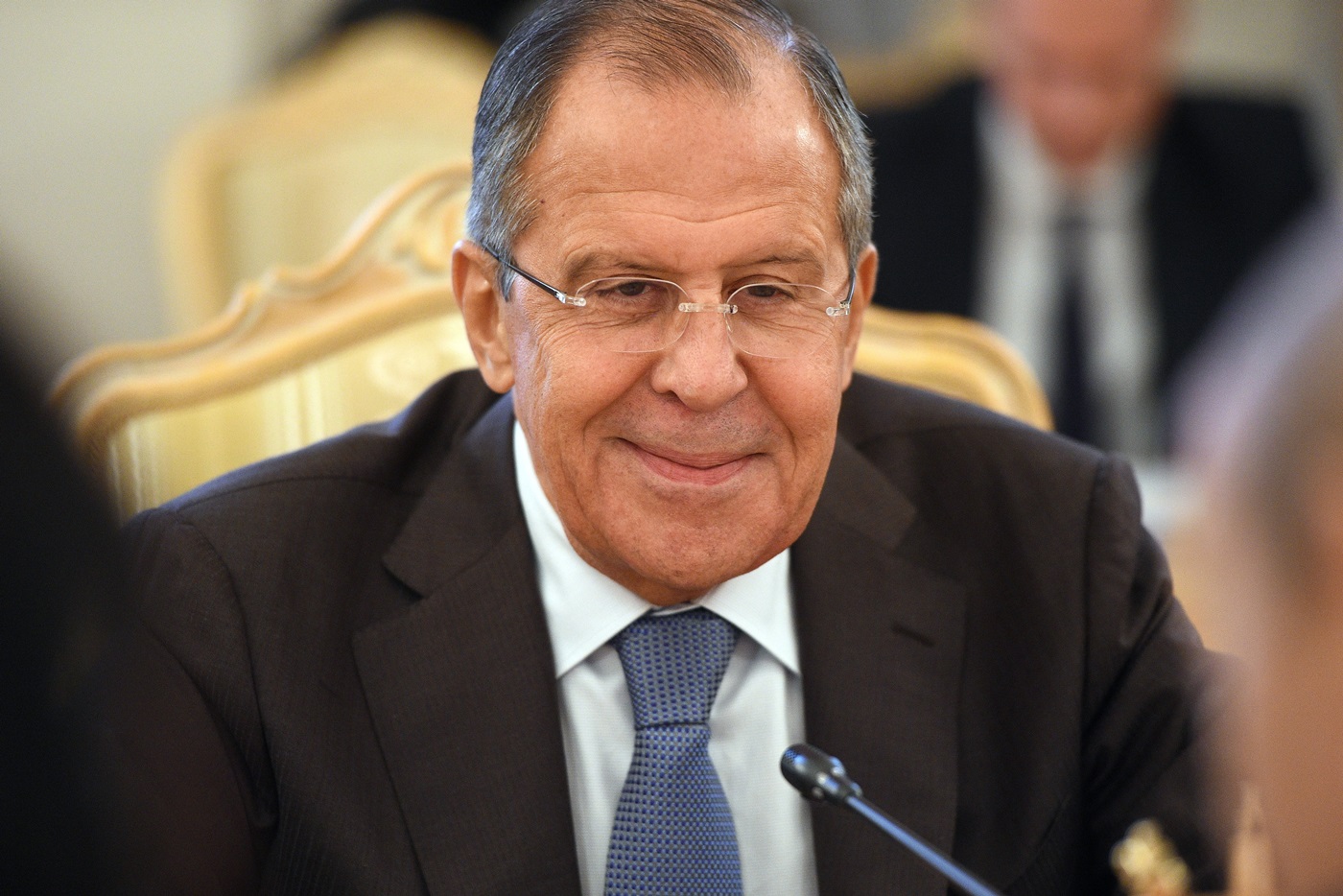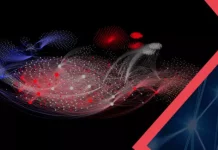Source: Iva Tsoy, for The Insider
Speaking at the assembly of the Council of Foreign and Defense Policy on April 14, Russian Foreign Minister Sergey Lavrov announced that former GRU officer Sergey Skripal and his daughter were poisoned with the nerve agent BZ.
“This formula was in service in the US, UK and other NATO countries. The Soviet Union and Russia never developed or kept such chemical substances,” Lavrov added.
He claimed that Moscow received these findings confidentially from the Swiss centre of radiological and chemical bacteriological analysis in Spiez. The results were based on the analyses of the samples taken from the Salisbury incident and handed over to the Organization for the Prohibition of the Chemical Weapons.
The Swiss lab immediately reacted to Lavrov’s words, declaring it was Novichok that was identified as the poisoning chemical. The Spiez lab did not mention anything about BZ.
Only OPCW can comment this assertion. But we can repeat what we stated 10 days ago: We have no doubt that Porton Down has identified Novichock. PD – like Spiez – is a designated lab of the OPCW. The standards in verification are so rigid that one can trust the findings. #Skipal pic.twitter.com/3xp3dBFAdP
— Spiez Laboratory (@SpiezLab) April 14, 2018
Interestingly enough, at the end of his speech, the Russian Foreign Minister admitted that Swiss experts found Novichok in the samples (a chemical called A234), but he maintained that “according to the expert estimates, the identified high significant concentration of A234 would have inadvertently resulted in the lethal outcome”. Lavrov said it was “extremely suspicious” that the substance was discovered in its original and pure form and in high concentration. Therefore, he concluded that the Skripals were poisoned by BZ. RIA Novosti, RBK, Komsomolskaya Pravda, Echo Moskvy, REN TV, Izvestiya and others conveniently reported a short version of Lavrov’s claims, that only BZ was identified by the Swiss experts in the samples taken from Salisbury. Kommersant, RTVI, Snob and followed suit with similar reports.. The Twitter feeds of the Russian embassies in the UK and the USA also iignored the second part of Lavrov’s speech by the foreign minister. Some media outlets, such as Interfax, did not explain that A-234 is actually Novichok. Rosbalt, citing Tass, for some reason claims that A-234 as well as BZ is produced “only in NATO countries” (Novichok was in fact developed in the Soviet Union).
As for Lavrov’s statement about the Skripals’ “extremely suspicious” recovery, one of the developers of Novichok told BFM.RU that there was nothing strange in such a recovery.
“It depends how the poisoning happened. It is likely that there was some item that they would take with their hands, such as a door handle smeared with this substance. The absorption of the poisoning chemical was gradual, in dosages, taking quite a long time. It’s impossible to say how much of a dose they got. Most likely either the dose was insufficient or the English doctors already had some sort of antidote. When I was working on Novichok, no reactivators or antidotes were known. The doctors warned the developers not to use those substances written in our instructions in case of poisoning. Anyone affected by the agent had to be immediately taken to the medical ward. There he would be placed on an artificial respirator and life-support machine, he would be given blood transfusions, his life would be supported in this manner,” he explained.
The OPCW website states that BZ is not completely forbidden. It can be used with restrictions for peaceful purposes. That is why it is listed under the controlled chemicals schedule 2. For example, BZ can be used in the manufacture of pharmaceuticals, and of course, NATO states do not have exclusive access to this substance. Lavrov is the only person to claim that BZ has something to do with the Skripal poisoning.
Source: Iva Tsoy, for The Insider





